
ith Alaska-based oil and gas companies collectively planning to spend $14 billion on new resource development through 2028, and with $5.2 billion in federal infrastructure projects awarded to Alaska, companies are conflicted with balancing costs while simultaneously wanting to prioritize innovation. In the face of this dilemma, Alaska businesses should carefully consider leasing their equipment as a secure option to sustain and increase growth and profitability, versus purchasing or financing.
First, let’s identify the key differences between a loan and a lease. One significant factor to weigh between the two options is ownership. With a loan, the customer owns the equipment subject to a security interest in favor of the lender until the loan is paid. On the other hand, with a lease the lessor owns the equipment and the customer may have flexible options at the end of the term like purchasing the equipment, continuing to lease it, or returning it to the lessor.
While loans may require some form of down payment depending on customer profile and equipment type, a lease may cover 100 percent of the cost of the equipment, including additional expenses like installation, maintenance, freight, and taxes.
As tax owner, lessors can pass along tax benefits of ownership such as depreciation benefits through lower lease payments to the customer. The customer may also have lower monthly payments depending on the end-of-term purchase options in the lease. When it comes to financial reporting, loans are usually recorded on the customer’s balance sheet with debt as a liability, while leases are subject to the operating or capital lease treatment based on specific accounting rules.
Another distinct difference between a loan and lease is that leases transfer the risk of obsolescence to a lessor, while, in a loan, the customer bears the risks associated with asset devaluation that may come with technological advances and equipment wear and tear.
Now, let’s dive into some of the main reasons that leasing has become an attractive option for Alaska businesses, given the current climate.
Perhaps the most notable advantage to leasing equipment is that it permits companies to preserve their cash and maintain a steady flow of capital. By leasing, companies are more likely to finance the full cost of their equipment rather than tying significant capital to upfront costs. This also creates opportunities for reinvestment in other areas of the business such as marketing, inventory, and research and development.
Alaska businesses can also reduce their burden through leasing, as this option often results in lower payments based on the equity position and tax benefits that the lessor takes in the equipment. In fact, companies can monetize the equity of existing assets through a sale leaseback transaction, which allows for reallocation of capital and debt reduction. Even more, payment options are more customizable and flexible as businesses can structure installments around cash flows.
If a customer needs equipment today but isn’t positive that they want to commit to long-term ownership, leasing allows them the ability to defer that decision-making. This flexibility additionally grants businesses the power to advocate for different needs or options in the middle of their term, including adding more equipment, buy-outs, upgrades, and returns to the lease. Depending on the lease product, a customer may also be able to make strategic decisions at the end of their lease such as buying, renewing, returning, or continuing to rent the equipment monthly to better address future business requirements. A customer may also bundle both their equipment and service payments on an invoice to streamline maintenance and improve operational efficiency.
By leasing equipment, Alaska companies can focus on using the equipment as opposed to worrying about logistics associated with owning equipment. Companies can also mitigate any risks related to capacity fluctuations by negotiating with the lessor to either replace or redeploy equipment at the end of the lease term. Leasing also de-escalates utilization issues by allowing the customer to better manage any additional capacity that is needed during economic expansion but would otherwise cause a potential excess of capacity during other business periods. In the same vein, leasing can be tied to a particular project or contract. This then allows the lessee to accurately build in the true cost of equipment into their contract and their budget.
Beyond enhancing a company’s ability to analyze and control threats with equipment utilization, leasing also limits the amount of risk that businesses take on. As customers and consumers alike grow increasingly reliant on technology and innovation, leasing offers Alaska businesses the opportunity to stay current with the latest equipment and avoid technological obsolescence that may hinder growth.
The ability to return equipment at the end of the lease term can also reduce maintenance costs and improve up-time and productivity. In addition, leasing is a reliable option for business owners who are not experienced in the nuances of selling used equipment. Considering the volatility in the used equipment sales market, lessors can reduce the risks that customers take on when attempting to re-sell equipment, which provides the customer with better up-front pricing.
Considering current disruptive financial forces like high interest rates and persistent inflation, Alaska businesses may reduce threats that the economic environment may bring by choosing to lease equipment. Flexible payment structures can be catered around customer cash flows, allowing Alaska companies to be more strategic with their cash management and encouraging investment in other areas of the business. Equipment leasing options also reduce exposure to business risks including capacity fluctuations, technological obsolescence, economic cycles, productivity, and maintenance.
Overall, while purchasing and financing have their merits, leasing equipment empowers Alaska businesses to navigate the competitive yet uncertain marketplace while preserving capital and mitigating threats.
Tom Stark is a lead commercial relationship manager for Wells Fargo’s Alaska Commercial Banking Group. He has 18 years of commercial banking experience in Alaska, Arizona, and Montana. He is based in Anchorage.
Dan McKirgan is a senior vice president and middle market regional sales manager for Wells Fargo Commercial Capital Equipment Finance. Based in Phoenix, McKirgan leads the West regional equipment finance originations team covering eight states.
